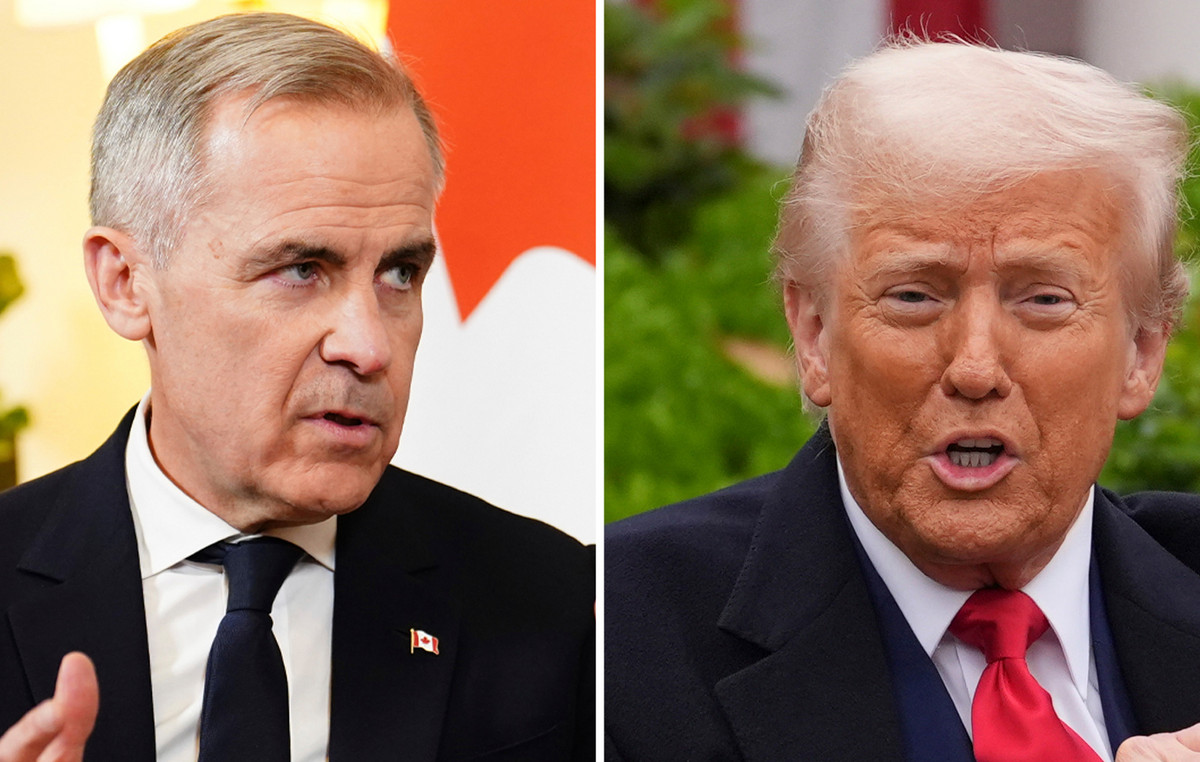Annual new HIV infections in the United States are down 12% in 2021 compared with 2017. Rates have dropped from about 36,500 cases to 32,100, according to data from the Centers for HIV Control and Prevention. Diseases (CDC) in the country.
According to the CDC, the decline was driven by a 34% reduction in infections among 13- to 24-year-olds, mostly among gay and bisexual men. According to the latest CDC estimates, annual HIV infections have dropped from 9,300 in 2017 to 6,100 in 2021 in this age group. The decline among young gay and bisexual men drove the trend, falling from around 7,400 infections to around 4,900 over the period.
CDC Director Rochelle P. Walensky said HIV prevention efforts continue to make progress. “Longstanding factors such as systemic inequalities, social and economic marginalization and residential segregation, however, stand between highly effective HIV treatment and prevention and the people who could benefit from them. Efforts must be accelerated and strengthened so that progress reaches all groups more quickly and equitably,” Rochelle said in a statement.
Data suggest that improved outreach of HIV testing, treatment and pre-exposure prophylaxis (PrEP) have contributed to progress in prevention among young gay and bisexual men.
Pre-Exposure Prophylaxis (PrEP) is indicated for people who are not living with HIV. The daily use of a combination of two antiretroviral drugs (tenofovir + emtricitabine), which have a similar composition to those used to treat the virus, reduces by more than 90% the chances of a person becoming infected when exposed to HIV (learn more here ).
“The decline in HIV incidence among young people, including young gay and bisexual men, shows us what is possible. But ending the HIV epidemic and achieving equity requires that this progress be expanded to all,” Jonathan Mermin, director of the CDC’s National Center for HIV, Viral Hepatitis, STI, and Tuberculosis Prevention, said in a statement.

Differences between ethnic groups
The CDC highlights that prevention strategies such as PrEP and adherence to treatment have improved, although there is a limitation of gains among blacks, Hispanics and Latinos.
The drop in annual infections among gay and bisexual youth showed differences across racial and ethnic groups. The declines were smaller among black, Hispanic, and Latino gay and bisexual youth than among white age and sexuality peers. Data suggest that prevention and treatment do not reach everyone equitably, reflecting broader disparities that impede HIV prevention.
Among the key indicators of HIV prevention, the most significant improvement was in the use of PrEP, according to the CDC. In 2021, around 30% of the 1.2 million people who could benefit from PrEP received it – in 2017 the rate was 13%.
More people with HIV were aware of their status in 2021 than in 2017, with an increase from 86% to 87%. The share of people diagnosed with HIV who experienced viral suppression due to effective treatment was slightly higher in 2021 than in 2017, rising from 63% to 66%.
“At least three people in the U.S. contract HIV every hour — at a time when we have more effective prevention and treatment options than ever before,” Robyn Neblett Fanfair, acting director of the CDC’s Division of HIV Prevention, said in a statement. “These tools must reach deep into communities and be delivered faster to expand progress from some groups to all groups.”
Source: CNN Brasil
I am an experienced journalist and writer with a career in the news industry. My focus is on covering Top News stories for World Stock Market, where I provide comprehensive analysis and commentary on markets around the world. I have expertise in writing both long-form articles and shorter pieces that deliver timely, relevant updates to readers.







